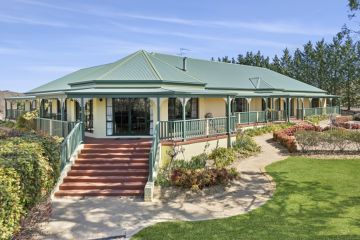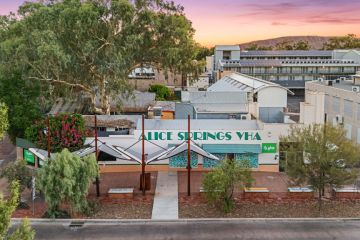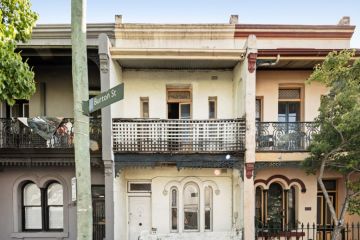Canberra's home values experience small fall but up compared to a year ago
Canberra home values have dipped since January but prices remain strong compared to this time last year.
The nation’s capital was one of just two cities to see a monthly fall, with home values dropping 0.2 per cent in February, according to the CoreLogic RP Data February Home Value Index published on Monday.
It was the second worst performing capital city behind Perth on -1.1 per cent.
Home values have grown in other capital cities over the past month. Hobart led the pack with house values rising 2.9 per cent, while values in Sydney and Melbourne rose 0.5 and 0.3 per cent respectively.
Home values in the capital have increased by 4.5 per cent in the past 12 months but the city still lags behind the national average of 7.6 per cent.
CoreLogic RP Data head of research Tim Lawless said Canberra was among the capital cities expected to record a growth in home values this year.
“The trend in home value growth is showing signs of increasing in those markets that have previously underperformed,” Mr Lawless said.
“These include Brisbane, Adelaide, Hobart and Canberra. Affordability constraints aren’t as apparent in these cities and rental yields haven’t been compressed to the same extent as what they have in Melbourne or Sydney.”
The ACT recorded rental yields of 4.1 per cent for houses and 5.2 per cent for units, as of February 29.
Canberra remains the third most expensive city to buy a property, with a median dwelling price of $530,000. Sydney and Melbourne median prices climbed to $730,000 and $550,000 respectively.
Stock has tightened in Canberra with listings dropping 3.1 per cent in the past year, which is good news for those hoping to sell in 2016.
“The lower inventory levels imply less stock to choose from for buyers and consequently stronger selling conditions compared with a year ago,” Mr Lawless said.
Mr Lawless said many of the other capitals had recorded an increase in supply.
“The higher stock levels that are now evident in Sydney, as well as Perth and Darwin, suggest buyers have more homes to choose from and vendors may need to be more flexible in their pricing expectations,” Mr Lawless said.
The value of investment properties has been in the spotlight recently, after Labor announced that changes to negative gearing would be part of its election policy.
Under the policy negative gearing would only apply to newly constructed homes, which Opposition Leader Bill Shorten said would save $32 billion over a decade.
Liberal senator Zed Seselja slammed comments made by Labor senator Katy Gallagher on Tuesday about the high number of Canberrans using negative gearing, which he said proved the the territory would be “adversely impacted” by the proposed changes.
According to the ACT Property Council, 46,800 Canberrans own an investment property, including 30,700 who use negative gearing.
“Our city is going to be hit particularly hard by Labor’s policy,” Mr Seselja said.
Senator Gallagher said Labor’s plans for reforms to negative gearing were designed to level the playing field for first home buyers.
She said there would be no change for current investors under Labor’s plan, but after July 1, 2017, negative gearing would be restricted to new housing.
“This policy is good for housing affordability and it’s good for first home buyers who are increasingly being locked out of the housing market,” Senator Gallagher said.
We recommend
We thought you might like
States
Capital Cities
Capital Cities - Rentals
Popular Areas
Allhomes
More







